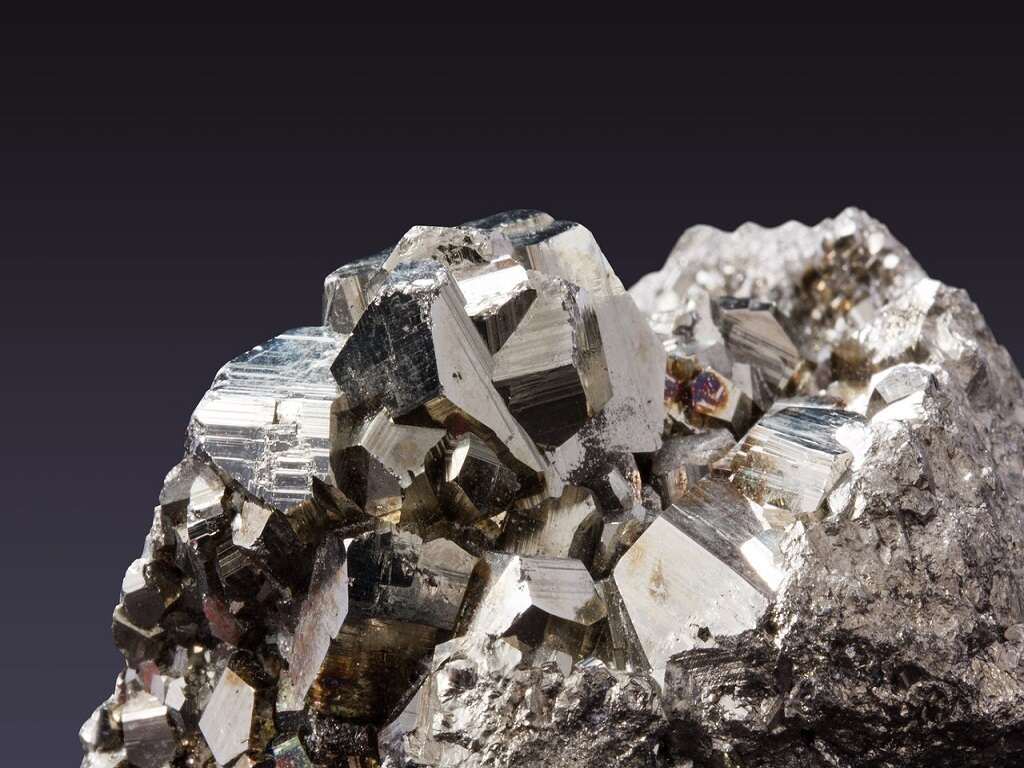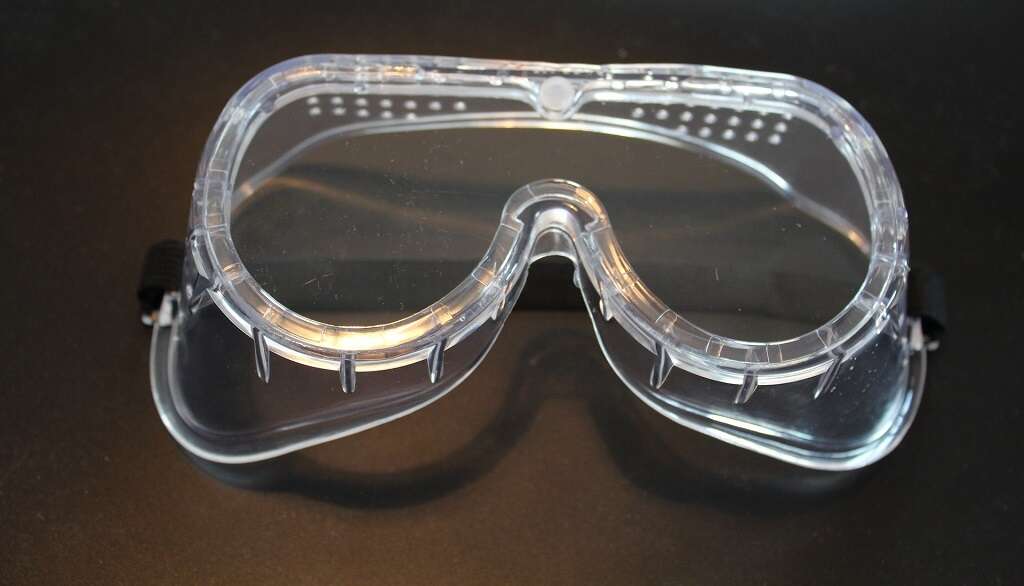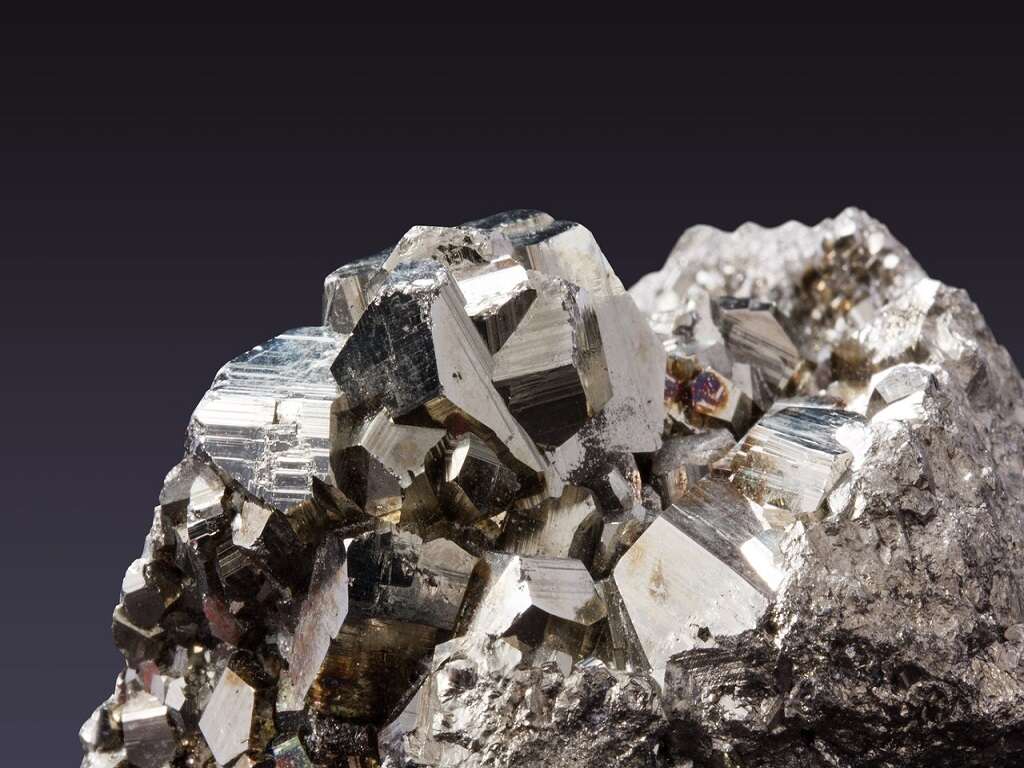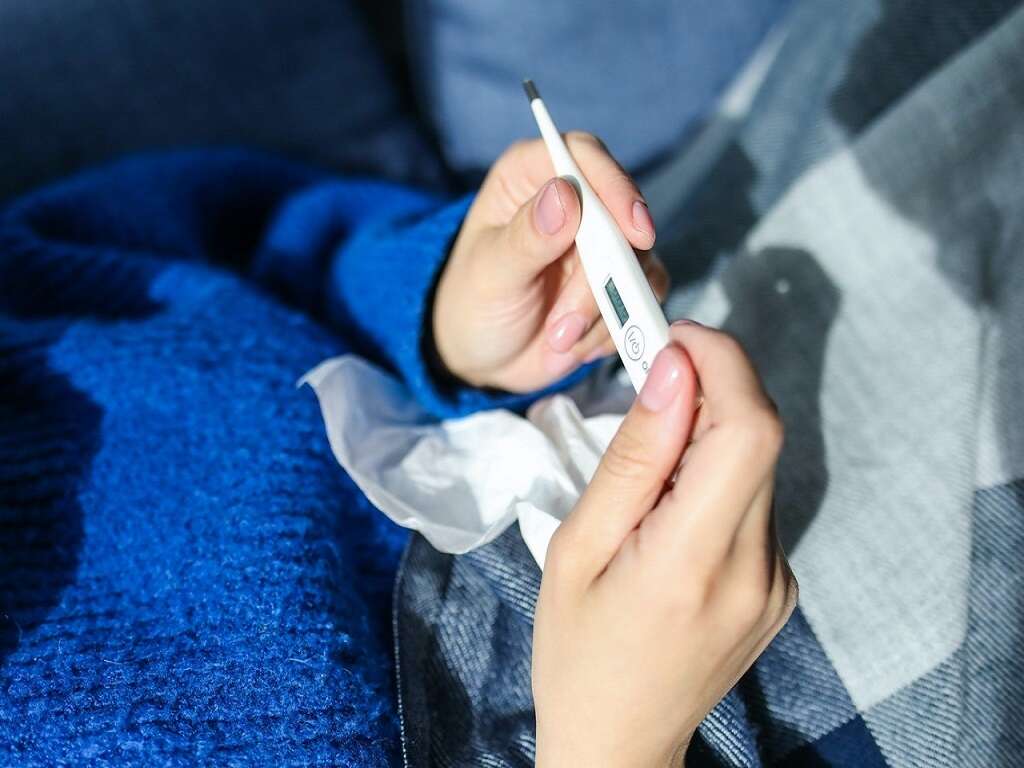Argyria Symptoms, Causes & More
 Article Sources
Article Sources
- 1. Wadhera, Akhil, and Max Fung. ‘Systemic Argyria Associated with Ingestion of Colloidal Silver.’ Dermatology Online Journal, 1 Jan. 2005, escholarship.org/uc/item/0832g6d3
- 2. Bracey, Nathan A, et al. ‘Argyria Caused by Chronic Ingestion of Silver.’ CMAJ: Canadian Medical Association Journal = Journal De L'Association Medicale Canadienne, Joule Inc., 5 Feb. 2018, www.ncbi.nlm.nih.gov/pmc/articles/PMC5798984/#:~:text=Argyria refers to benign grey,/doi:10.1503/cmaj
- 3. Almurayshid, Abdurrahman, et al. ‘Effective Laser Treatment Options for Argyria: Review of Literatures.’ Wiley Online Library, John Wiley & Sons, Ltd, 3 July 2020, onlinelibrary.wiley.com/doi/10.1111/jocd.13549
Argyria is a rare skin condition that changes the color of skin to gray or blue. The discoloration occurs when there is an excessive amount of silver in the body. Every day, people come into contact with trace amounts of silver, which is present in food, beverages and the air they breathe.
This body easily excretes the silver without having adverse effects when the amounts are so small. However, when the body is exposed to small amounts over a prolonged period or to a single large dose, there is a risk that argyria may occur.

Symptoms
Argyria occurs when silver particles enter the body. The primary symptom of this condition is the skin changing color to gray or blue. This hyperpigmentation or discoloration may also occur on the mucous membranes, such as the gums, lips and nasal passages. It may also affect the conjunctival membranes of the eyes.
The time it takes for the discoloration to appear depends on the amount of silver the body is exposed to. In some cases, it may take weeks or months before symptoms appear. Likewise, the amount and period of exposure determines whether the discoloration appears on certain areas or on larger skin surfaces.

Causes
Argyria occurs when silver particles enter the body through the mouth or directly through the skin or mucous membranes. Generalized argyria may result from silver entering the body through the mouth.1Wadhera, Akhil, and Max Fung. ‘Systemic Argyria Associated with Ingestion of Colloidal Silver.’ Dermatology Online Journal, 1 Jan. 2005, escholarship.org/uc/item/0832g6d3 In this case, the entire skin surface, internal organs and mucous membranes may be affected by the discoloration.
Localized argyria tends to occur when silver enters the body through the skin. In this case, the discoloration may affect only the area on which the silver particles make contact.

The Degree of Skin Discoloration
Factors that determine the degree of skin discoloration include the silver levels in the body, amount of sun exposure and duration of the condition. Higher silver levels cause more discoloration.
Melanin causes the skin to darken, and exposure to sunlight increases melanin production. In argyria, silver particles trigger excess melanin when the skin is exposed to sunlight, making the face, neck and arms appear darker. The skin may turn blue in the early stages of argyria. Over months or years, the area may turn slate-gray.

Risk Factors
It's not yet clear exactly what amount of silver causes argyria. However, people who engage in work or recreational activities under conditions of prolonged exposure to silver have the highest risk of developing argyria. These activities include soldering, dark-room photo processing, silver mining and jewelry making.
The long-term use of colloidal silver supplements and non-FDA-approved topical silver-containing medications may expose people to an excessive amount of silver. Other things to watch out for include nasal sprays, cosmetics, dental fillings and acupuncture needles that contain silver.

Diagnosis
Doctors may test blood, stool and urine samples to diagnose argyria.2Bracey, Nathan A, et al. ‘Argyria Caused by Chronic Ingestion of Silver.’ CMAJ: Canadian Medical Association Journal = Journal De L’Association Medicale Canadienne, Joule Inc., 5 Feb. 2018, www.ncbi.nlm.nih.gov/pmc/articles/PMC5798984/#:~:text=Argyria refers to benign grey,/doi:10.1503/cmaj These tests determine whether someone has come into contact with silver in the past few days. A skin biopsy may also be necessary. It involves viewing a skin sample under a microscope to check for the presence of silver particles.
The doctors may need to rule out other conditions that may cause skin discoloration. These include exogenous ochronosis, chrysiasis and hemochromatosis, also known as iron overload.

Treatment
Currently, argyria has no cure. According to recent research, using the quality switch laser to perform laser therapy may improve the discoloration by delivering high-intensity pulses of light to areas of skin affected by the condition.3Almurayshid, Abdurrahman, et al. ‘Effective Laser Treatment Options for Argyria: Review of Literatures.’ Wiley Online Library, John Wiley & Sons, Ltd, 3 July 2020, onlinelibrary.wiley.com/doi/10.1111/jocd.13549 However, more research is required to determine the efficacy of laser therapy.
Other recommendations for limiting the degree of skin discoloration include wearing sunscreen, limiting exposure to the sun, wearing protective eyewear, wearing protective clothing and avoiding overusing cosmetics, supplements and medicines that contain silver.

Complications
Argyria may not lead to adverse health effects. It may, however, cause emotional distress. In fact, argyria is unlikely to cause any noticeable health effects. Nonetheless, skin discoloration may cause a person to experience psychological distress, with some people experiencing anxiety or depression if treatment fails.
People who experience psychological distress should inform their doctor, who may refer them to the appropriate mental health professional. Therapy may help these people with this condition to deal with the psychological symptoms.

Outlook
The primary concern for people with argyria is cosmetic; it doesn't adversely affect their physical health. However, skin discoloration may cause significant psychological distress in some people. They should receive talk therapies to help them deal with any anxiety or depression that the condition may cause.
When it comes to treatment, quality switch laser therapy seems to provide significant and, in some cases, complete improvement of the discoloration. However, further research is required to determine this treatment's efficacy.

Prevention
Argyria can be prevented by limiting use of medications, dietary supplements and cosmetics that contain silver. People who work in environments in which they may be exposed to excessive amounts of silver should follow the safety rules and policies at their workplace.
The Mine Safety and Health Administration and Occupational Safety and Health Administration have set a limit of 0.01 mg/m3 for soluble and metallic silver compounds. Limiting sun exposure and wearing high sun protection factor sunscreen may help.

A Final Word on Argyria
Argyria is not a life-threatening condition. It is, however, incurable. People whose work or recreational activities expose them to excessive amounts of silver should wear protective eyewear and clothing.
It is also important to note that there are no known benefits of inhaling, injecting or ingesting supplements that contain colloidal silver. In fact, they may have adverse unintended results when used for a long time in larger than recommended doses. It is imperative to consult a doctor before undertaking any medical intervention.











